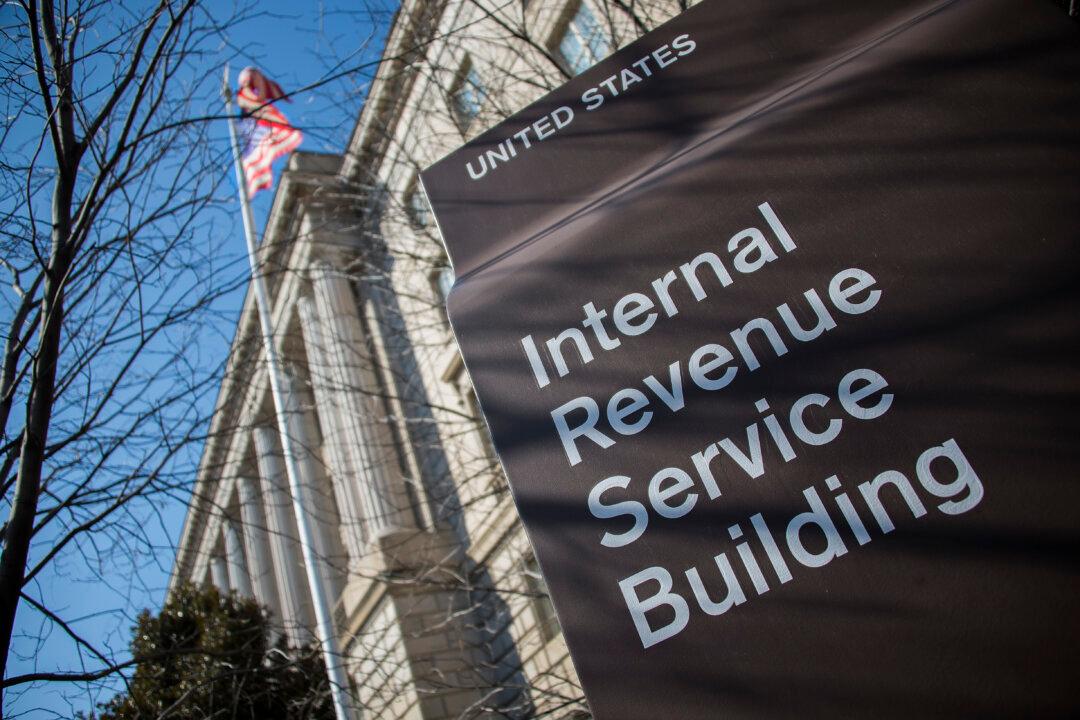The IRS has issued a reminder that millions of Americans are eligible for a tax credit that last year averaged more than $2,000, but 20 percent of those entitled to the money don’t claim it.
“This is an extremely important tax credit that helps millions of hard-working people every year,” IRS Acting Commissioner Doug O'Donnell said in a Jan. 27 statement. “But each year, many people miss out on the credit because they don’t know about it or don’t realize they’re eligible.”





